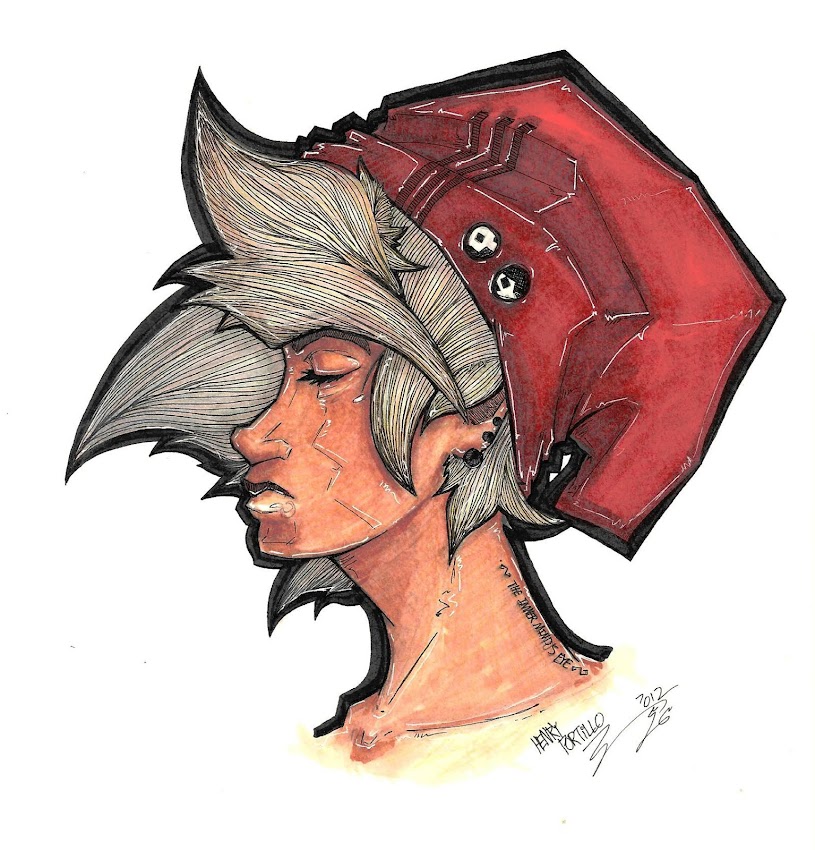Welcome to Gesture Drawings: Exploring Action and Emotion Through Lines!
This blog will be dedicated to exploring historical applications on gesture drawings as well as more contemporary uses. I will often post samples and even tutorials on these magnificent sketches as I stumble upon them while exploring the web.
So, what is a gesture drawing and why do they matter?

A gesture drawing is a quick sketch, usually lasting no longer than a minute, on living figures (people, plants, animals). These sketches aim to capture the movement and action that the subject presents to the artist in as little time as possible.
Emerging artists often ask, " Why spend so little time on a drawing?" Many beginners often draw single works of art for extended periods of time, and although many of them show the dedication and patience to develop as great artists, their finished pieces usually appear static. I believe teaching artists gesture drawings early on is important, as it solves many of the hurdles that often discourage them from continuing to draw.
Emerging artists usually become frustrated with "the lack of life" in their works. By drawing quick poses of humans in 10 to 30 second intervals, it forces them to draw fast and accurate while at the same time teaching them to respect the movement and juxtaposition of the subjects' limbs. Drawing fast switches these students to draw with more "emotion" and life, which is projected on their art as well.
To sum it up, gesture drawings are the beginning of developing life and
gestalt in one's work! Who doesn't want their drawings of people to be as animated and action-like as possible?
As you begin your journey as an artist, always remember the importance of these little scribbles. Until next time!

















